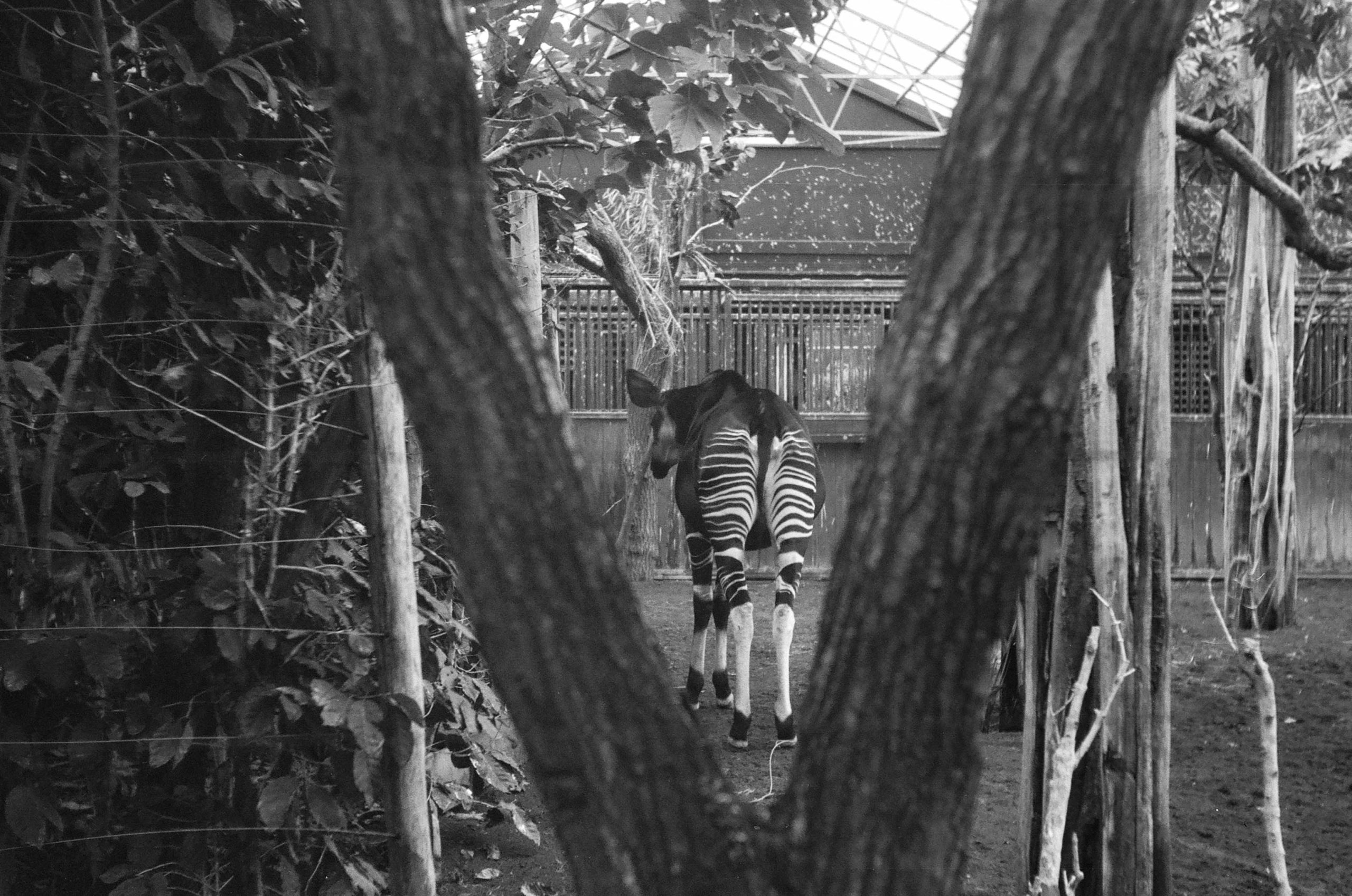In the dense rainforests of Central Africa, an enigmatic animal roams the undergrowth. The Okapi, also known as the “forest giraffe” due to its long neck and striped legs, is a secretive and elusive species that plays a crucial role in maintaining the biodiversity of the African rainforests.
The Okapi is found only in the tropical rainforests of the Democratic Republic of Congo, where it is the only living relative of the giraffe. Despite their striking appearance and ecological importance, Okapis are often overlooked in discussions about conservation efforts in Africa.
One of the key roles of the Okapi in maintaining biodiversity in the rainforests is through seed dispersal. As they move through the forest, they consume a variety of fruits and leaves, and the seeds they ingest are then excreted in their droppings, allowing for the dispersal and germination of new plant species throughout the forest. This process plays a vital role in the regeneration and maintenance of the rainforest ecosystem.
Furthermore, Okapis are a keystone species, meaning that their presence has a disproportionate effect on the rest of the ecosystem. For example, Okapi trails are used by a wide variety of other animals, and their feeding and browsing habits can influence the growth and survival of other plant species in the forest.
Despite the crucial role that Okapis play in maintaining the biodiversity of the African rainforests, their populations are under threat due to habitat loss and poaching. The Okapi Conservation Project, a joint initiative between the Wildlife Conservation Society and the Congolese Institute for Nature Conservation, is working to address these threats and ensure the long-term survival of this important species.
The project has a range of conservation strategies, including supporting community-based conservation efforts, strengthening anti-poaching measures, and improving scientific understanding of the Okapi’s behavior and ecology. In addition, the project works closely with local communities to develop sustainable livelihoods that reduce the pressures on the forest and its wildlife.
As with many conservation efforts, the success of the Okapi Conservation Project depends on a collaborative approach that involves a range of stakeholders, including local communities, government agencies, and conservation organizations. By working together, we can ensure the continued existence of this remarkable and important species, and maintain the biodiversity of the African rainforests for generations to come.




